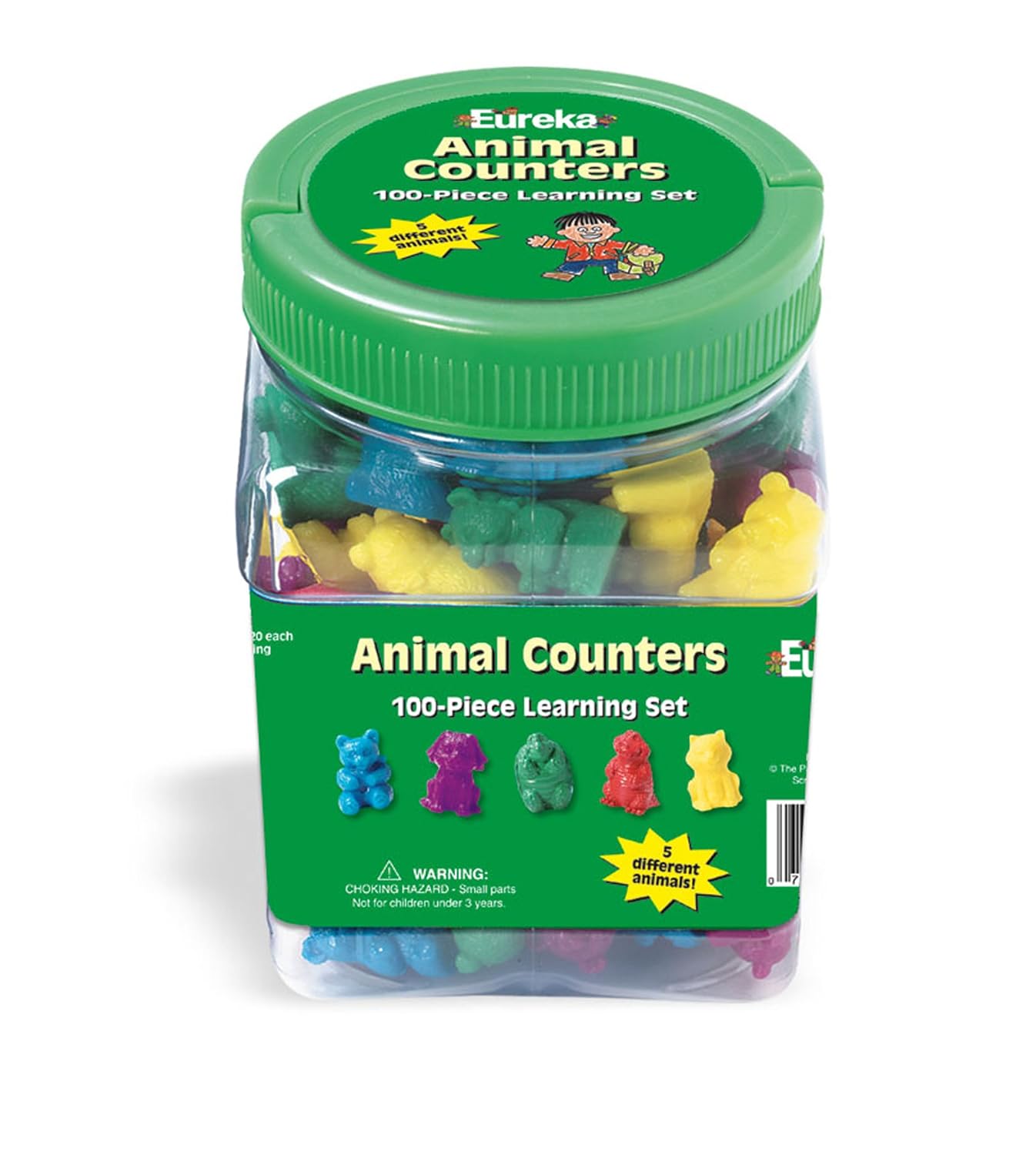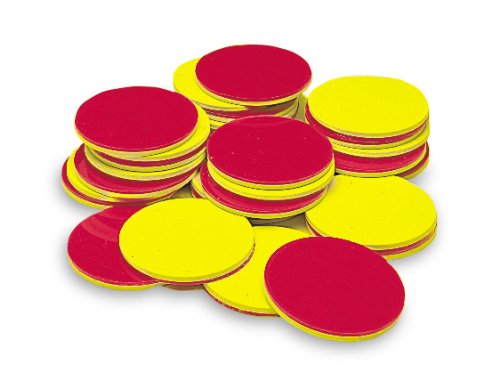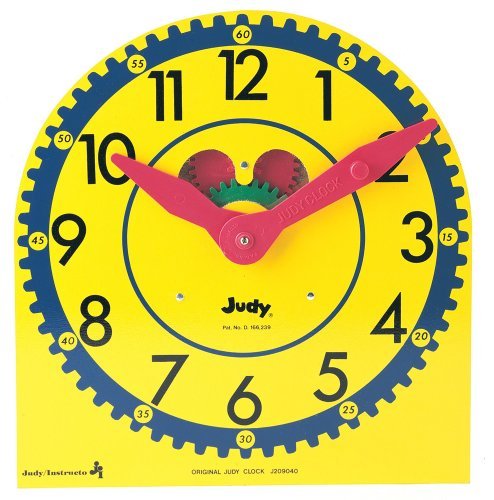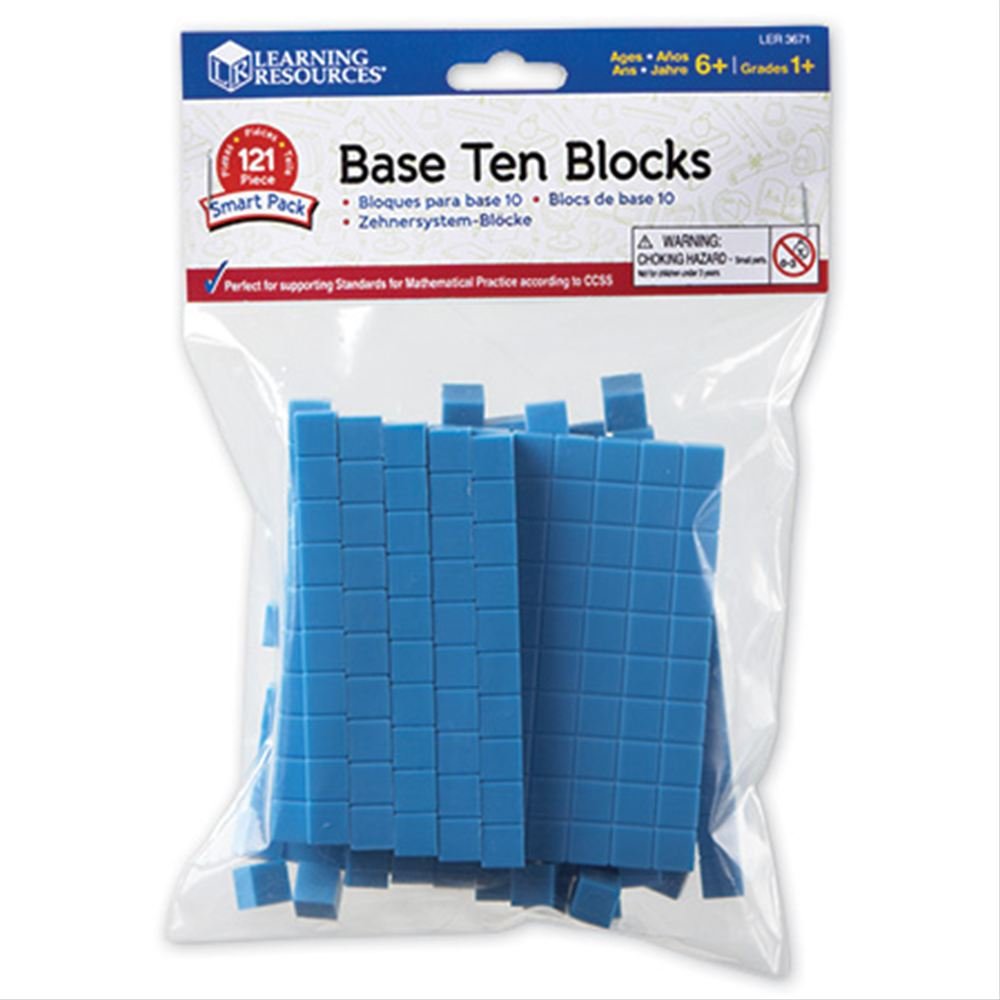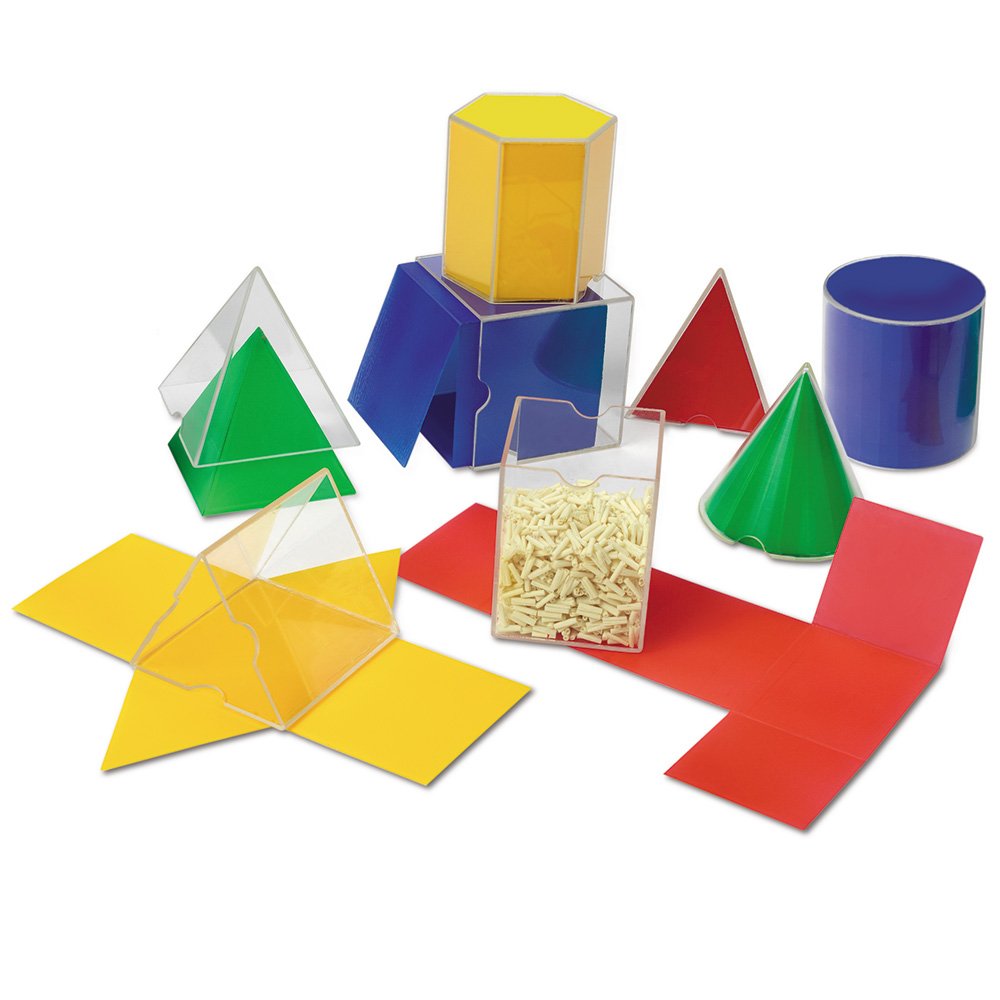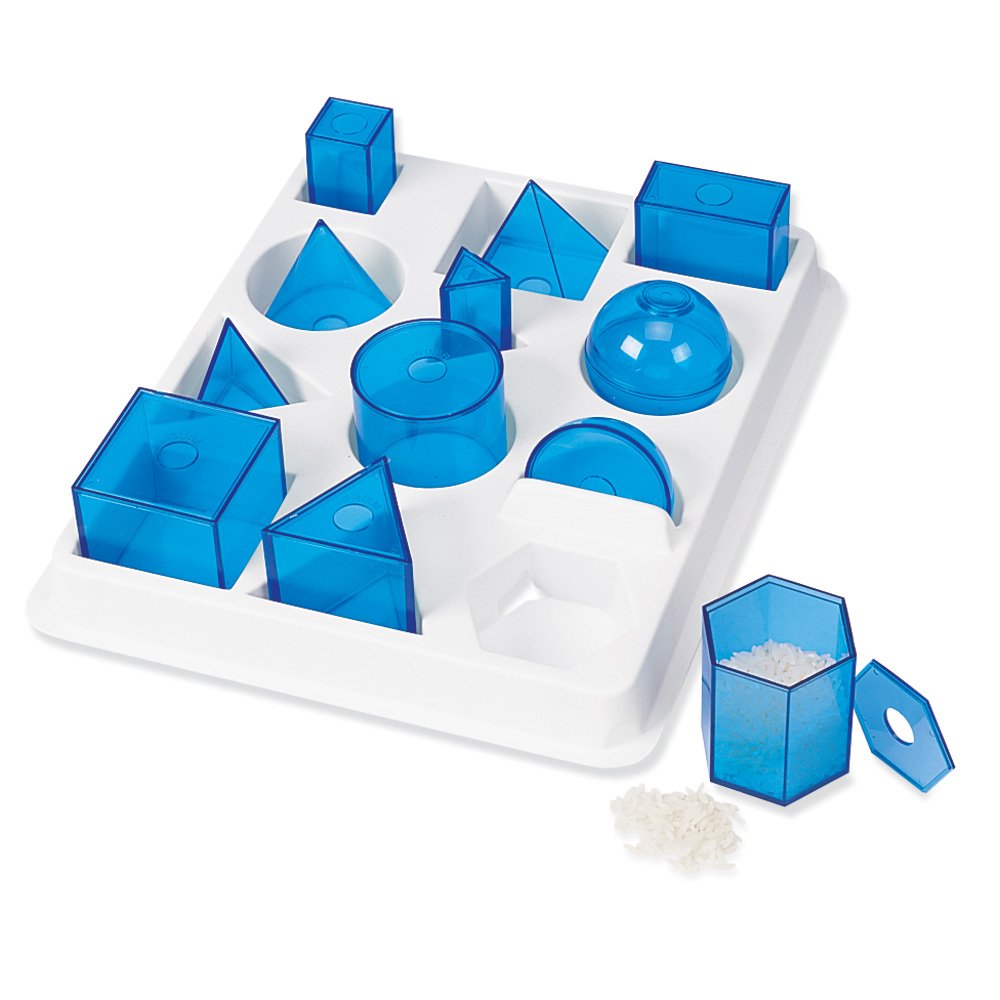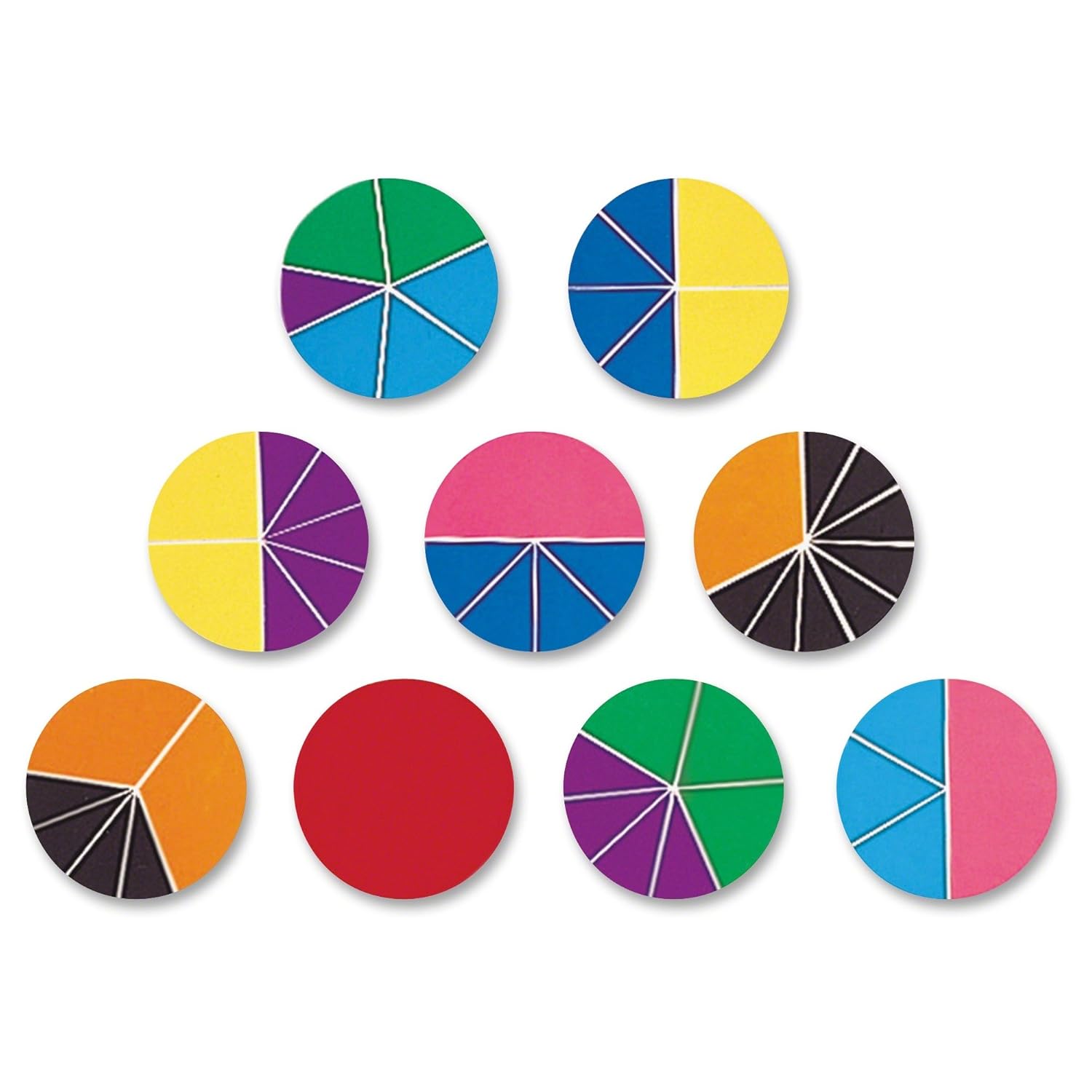Last school year, I posted HERE about my music study plan since my oldest daughter stopped taking piano lessons. I was excited to find some free notebooking pages to use along with our studies this year as we go through the historical periods of music. Classics for Kids allows you to go through the composers by period to get a sense of what the music during that time was like.
Here is a link to the great and FREE :) notebooking pages that I found: HERE. The site is practicalpages.wordpress.com
I like the composer pages as well as the music appreciation pages. I suspect I will use a combination of the two over the next two years in our music studies! I am going to have my kids listen to the talks on Classics For Kids and take notes. There is also a short printable biography for each composer on that site that you could print instead.
Wednesday, July 29, 2015
Friday, July 24, 2015
Updated Kids' Reading Lists
My kids read a lot. A lot. I can't read everything they read. It's impossible. I do have a few sources, but aside from those I keep looking and looking... I am constantly searching for good books for them to read. I try to find good series I can trust. But, I've also found some great novels along the way.
I also keep running lists of the chapter books I find for kids of different ages on one of my other blogs here:
Here's a few sources I go to:
1. Honey for a Teen's Heart, great discussion of reading and gives both maturity and reading level for books, as well as world views of authors
2. Heart of Dakota, Sonlight
3. My book review opportunities (which are mostly done now)
4. Books from when I taught middle school--I have to go back and review these though, because I am finding that I no longer subscribe to the idea that it doesn't matter what kids are reading as long as they're reading. Instead, I want good stuff to go in their heads and junk food isn't always beneficial. A lot of books have the potential to plant dangerous ideas that I feel I have to be careful about when they are introduced to my kids.
I also keep running lists of the chapter books I find for kids of different ages on one of my other blogs here:
If you have any suggestions that I can add to my lists, please let me know!
Sunday, July 12, 2015
Free Way to Study Vocab
My daughter is entering 7th grade this year. Wow! Wow... Wow. All sorts of emotions flood my head. She's a tween. Her academics will be changing this year. She'll be taking 3 classes at co-op (though 1 of them will be taught by me). I have most of her curriculum in place, but I needed a plan for her vocabulary notebook. I use a combination of things because I'm a cheapskate.
1) For grades 6-8, she does 30 pages (1 page per day) from the book 101 Vocabulary Words in Context each year. Then, she works in a vocabulary notebook...
2) Vocabulary Notebook
I was talking with my husband the other day about the Economist. We have a student subscription (which is much cheaper than a normal subscription). He asked if the girls could use it this year as part of their curriculum. And the idea clicked! I am going to have Autumn read 1 article per week. She will highlight the words she doesn't know and then complete a vocabulary worksheet. From that list, I will pick several words for her to complete different vocabulary diagrams for through the week. I will also put a tab in her notebook where she can write down words from other readings for other subjects that she doesn't know. (I tried this out and it turned out that she knew 13 of 15 words I pulled out from 2 articles... so we're going to also have her use Wind in the Willows which is heavy in vocabulary this year.)
(You could use another source that you have in your home besides the economist that is full of rich vocabulary.)
Here's a link to my weekly schedule with the notebook:
https://lovetopaint.files.wordpress.com/2015/07/weekly-vocabulary-plan.pdf
Yay!
I downloaded a few free sheets from Teachers Pay Teachers. I couldn't figure out how to link to them, so here are the names of them:
1) Words Worth Knowing Sheet
You can find it here:
https://lovetopaint.files.wordpress.com/2015/07/words-worth-knowing-worksheet.pdf
The pdf has 2 pages--only print page 1 when you go to print.
2) Vocabulary Squares by the Idea Cubby This is the only page I'm using from Teachers Pay Teachers after all.
3) Vocabulary Notebook Page:
https://lovetopaint.files.wordpress.com/2015/07/vocabularynotebook-page.pdf
So, that's my plan! I'm excited that her notebook is now organized and ready to go.
As a side note, last year, she worked through 240 words every 6th grader needs to know (which she really liked). She also completed the 5th grade book because we discovered this curriculum just this past year. My younger kids also work through these workbooks to increase their vocabulary and the prefixes and suffixes books by practice makes perfect ($5 each and reproducible!) I'm all about less expensive, reproducible books. That's why I've had a hard time swallowing the cost and jumping into Wordly Wise, Word Roots books, or Vocabulary from Classical Roots books. All look nice and if I only had 1 student to purchase books for, I would consider going that route. But, I have 3 and it all adds up...
Added Note:
I had this idea next year to add on another chart and way for her to study vocabulary.
I downloaded these charts:
http://teacher.scholastic.com/reading/bestpractices/vocabulary/pdf/prefixes_suffixes.pdf
plus the Greek and Latin Root Charts from here:
http://www.readingrockets.org/article/root-words-roots-and-affixes
If you want a VERY thorough list, you can go HERE.
Another good List.
Here's the worksheet I made to use with the lists: https://lovetopaint.files.wordpress.com/2015/07/vocab-word-parts-worksheet.pdf
I am going to use this worksheet for the words I want her to break apart and figure out.
1) For grades 6-8, she does 30 pages (1 page per day) from the book 101 Vocabulary Words in Context each year. Then, she works in a vocabulary notebook...
2) Vocabulary Notebook
I was talking with my husband the other day about the Economist. We have a student subscription (which is much cheaper than a normal subscription). He asked if the girls could use it this year as part of their curriculum. And the idea clicked! I am going to have Autumn read 1 article per week. She will highlight the words she doesn't know and then complete a vocabulary worksheet. From that list, I will pick several words for her to complete different vocabulary diagrams for through the week. I will also put a tab in her notebook where she can write down words from other readings for other subjects that she doesn't know. (I tried this out and it turned out that she knew 13 of 15 words I pulled out from 2 articles... so we're going to also have her use Wind in the Willows which is heavy in vocabulary this year.)
(You could use another source that you have in your home besides the economist that is full of rich vocabulary.)
Here's a link to my weekly schedule with the notebook:
https://lovetopaint.files.wordpress.com/2015/07/weekly-vocabulary-plan.pdf
Yay!
I downloaded a few free sheets from Teachers Pay Teachers. I couldn't figure out how to link to them, so here are the names of them:
1) Words Worth Knowing Sheet
You can find it here:
https://lovetopaint.files.wordpress.com/2015/07/words-worth-knowing-worksheet.pdf
The pdf has 2 pages--only print page 1 when you go to print.
2) Vocabulary Squares by the Idea Cubby This is the only page I'm using from Teachers Pay Teachers after all.
3) Vocabulary Notebook Page:
https://lovetopaint.files.wordpress.com/2015/07/vocabularynotebook-page.pdf
So, that's my plan! I'm excited that her notebook is now organized and ready to go.
As a side note, last year, she worked through 240 words every 6th grader needs to know (which she really liked). She also completed the 5th grade book because we discovered this curriculum just this past year. My younger kids also work through these workbooks to increase their vocabulary and the prefixes and suffixes books by practice makes perfect ($5 each and reproducible!) I'm all about less expensive, reproducible books. That's why I've had a hard time swallowing the cost and jumping into Wordly Wise, Word Roots books, or Vocabulary from Classical Roots books. All look nice and if I only had 1 student to purchase books for, I would consider going that route. But, I have 3 and it all adds up...
Added Note:
I had this idea next year to add on another chart and way for her to study vocabulary.
I downloaded these charts:
http://teacher.scholastic.com/reading/bestpractices/vocabulary/pdf/prefixes_suffixes.pdf
plus the Greek and Latin Root Charts from here:
http://www.readingrockets.org/article/root-words-roots-and-affixes
If you want a VERY thorough list, you can go HERE.
Another good List.
Here's the worksheet I made to use with the lists: https://lovetopaint.files.wordpress.com/2015/07/vocab-word-parts-worksheet.pdf
I am going to use this worksheet for the words I want her to break apart and figure out.
Wednesday, July 8, 2015
Essential Math Manipulatives
When Autumn was 2, I found a great set of math manipulatives in a bag at a garage sale for $3. That was when I started my collection. I knew I wanted to homeschool, so I just started keeping an eye out. My youngest is now entering 2nd grade and my math manipulatives have been used a lot over the last 9 years (beginning when my oldest was in PK3).
Here are the manipulatives I've found most helpful (and that I would buy at retail price if I hadn't gotten them at a garage sale)....
1. Unifix Blocks
Here are the manipulatives I've found most helpful (and that I would buy at retail price if I hadn't gotten them at a garage sale)....
1. Unifix Blocks
A set of 100 is very helpful. I store them in a tupperware, rather than stressing about getting them all back in color coded stacks of 10 each time we use them. I had the other type of cube at one point that look like this:
But, I found them harder to link together and I wasn't as pleased with them, so I gave them away.
2. Scale
I found this at a garage sale and had no idea how often I would need it in the future for math and for science.
3. Some type of counters. I have several types, but I've found that everyone has personal preferences. For preschool, I like these:
My favorite math book for PK is Developing Number Concepts by Kathy Richardson and you need counters and unifix cubes for that book. I like these as opposed to beans or other counters from your house because you can support by color as well as number. I have vehicles, bugs, and animals, which let me have my children practice sorting in several different ways.
for K-5, I like these counters:
They are called two-color counters and they come in handy when dealing with addition and subtraction as well as beginning equations.
4. A teaching clock. I wish I had known about this clock when my kids were younger:
A Judy Clock
The hour hand moves with the minute hand. I don't like the Melissa and Doug clock. I have a small four inch clock like this one from Learning Resources and it does the job, but I would have loved to have a big one like the normal size Judy clock.
5. Base Ten Blocks
You could start with just 1 hundred, some tens, and ones, but eventually--you'll want several hundreds and a thousand.
6. Play Money
But, the set on Amazon costs $10. I think you could just use Monopoly money for the dollar bills, and real dimes, quarters, nickels, and pennies--and it would probably cost less. I found a bag of coins at a used book store for $1. Dollar Tree probably also has play money in the toy section.
I've found that my kids need tangible manipulatives in PK-2 and that's when they learn about money.
7. Dice I ordered a set from Singaporemath.com for $3 that had a variety of 6 different dice. But, I can't find it anywhere else and the shipping to buy 1 item would be silly. Instead I found just a pair of dice on CBD.com for 35 cents.
Pair of 6-Sided Dice by Shillermath
you can also just save dice from old games that you're getting rid of.
8. Spinners
This is one of the less common ones, but it is one that I've used with every probability chapter my children have had in their math books.
9. 3-D shapes. This is one that I couldn't find at a garage sale and had to buy for full-price.
I did find a scratch and dent set for $20 (instead of the retail $35), but it still was a very expensive purchase for me. It is good to have some type of 3D geometric shapes, whether it's something like the set above or below...
This is the Learning Resources Power Solids set which is only $11--a much better price! They will be much smaller, though.
I know many families choose to print paper cutouts of the shapes and assemble them. If you have time, that's an option. But, for me, I need to be able to grab my manipulatives and teach right away. I have very little preparation and planning time.
10. Timer Any kitchen timer will do. I bring in the timer I keep in the bathroom when we need it. Some people use a stopwatch. I keep a timer in the bathroom because we don't have a big hot water heater and if my kids let the shower go and go, there won't be any hot water for anyone else!
11. Some type of fraction manipulatives. I have both the fraction bars and fraction circles. I tried to make my own fraction circles and laminate them, but they never worked that well. They were too flimsy and hard to keep track of.
Math manipulatives are an investment. It's easier to spread it out and pick things up as you need them, I think. I looked at a couple of kits, but felt that they had a lot of extra things in them. I use Harcourt HSP math and these are all that I've needed plus some 1" foam squares (set of 25). I think in all over time, I've spent about $100. That's shopping at homeschool used bookstores and garage sales, primarily. I only bought the unifix cubes, fraction bars, and 2 sets of geometric shapes new. The rest I was able to find.
The thing I wish most that I hadn't wasted money on (and didn't include in that $100 total) was flash cards. I accumulated a lot of flash cards and they never worked for me or my kids. I was given a bunch by another teacher when I started out fifteen years ago. Then, I picked them up at garage sales for 50 cents or a dollar here or there. Flash cards take time. If you have the time--and patience, then they can be great. I used xtramath.org instead when my kids were old enough to use it.
I store my manipulatives in $1 plastic shoebox size containers. I put a label on the front to let me know what's in each one. They stack and store very easily.
Monday, July 6, 2015
A Different Historical Fiction Novel
I grew up in a Quaker church. I didn't hear a lot about Jesus, but I did hear a lot about God and "that of God in every man." I didn't understand it at the time, but I just finished reading a Christian fiction book who's main character was a Quaker woman in Cincinnati, Ohio.
The book was titled Blessing by Lyn Cote. The story focuses on Blessing, Brightman. A young
widow of means who is very active in the underground railroad and in helping orphans and widows in Cincinatti, while advocating women's rights and abolition. Blessing is a very strong woman shaped by her past. Enter into the picture her best friend Tippy, her friend's beau--Stoddard, and Stoddard's cousin--Gerard Ramsay. Ramsay is determined that his cousin should stay single, but you can guess what happens in that regard. Ramsay sees something in Blessing and she in him. Blessing sees him as having the potential to be more than he is. Ramsay doesn't see a point at the beginning in becoming more than he is, but he changes.
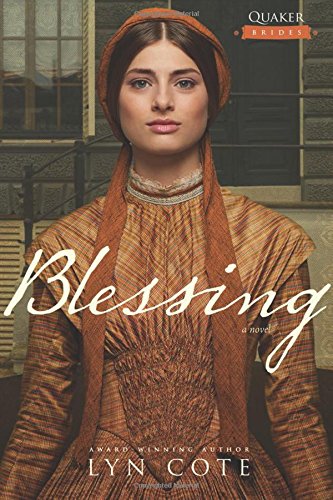
The story was more interesting and engaging than I expected. It is a surprising story in that way for me. This is the first time I think I've read a fiction book about a Quaker community and so it provoked some questions in me. My knowledge of the Quakers is that they do not elevate the teachings of Christ and the Bible. This is true. For them, the revelations of the Holy Spirit is more important than the Bible. In Ohio, from what I read and researched online, this was the case of the Ohio Quaker Meetings at the time of the story. The book mentioned that some churches had gone to a programmed form of meeting--but doesn't mention that this is a move towards the Bible. It was a group of Evangelical Quakers who began programmed meetings.
But, the problem authors face when setting a story in a historical setting is that all the facts have to agree with how you tell the story. That is not the case from the quick research I did before writing this review. Sojourner Truth could not have spoken in Cincinatti at the time of this book. She went to Akron, Ohio in 1851, not in 1849. The story Ms. Truth is reported having told also isn't what I read online as well. I also struggled with how the Quakers were portrayed. In an unprogrammed Quaker meeting, all men and women are considered preachers. Very little is explained in this book about their meetings, though. Perhaps it was better explained in the first book of this series? I don't know. But, that would make this book not very good as a stand-alone.
But, the thing I would most want any reader to know about the Quakers is that they do not agree with Evangelical Christians about the essentials of salvation and the inerrancy--and importance of the Bible. Yes, the main character of this story is an admirable woman, but her church missed the Gospel.
The book is fine as a stand-alone story, but I think in some ways that the author missed the mark on her research. I enjoyed reading it because it challenged me to step back and understand my own experience in the Quaker church better.
Please note that I received a complimentary copy of this book from Tyndale Publishing.
The book was titled Blessing by Lyn Cote. The story focuses on Blessing, Brightman. A young
widow of means who is very active in the underground railroad and in helping orphans and widows in Cincinatti, while advocating women's rights and abolition. Blessing is a very strong woman shaped by her past. Enter into the picture her best friend Tippy, her friend's beau--Stoddard, and Stoddard's cousin--Gerard Ramsay. Ramsay is determined that his cousin should stay single, but you can guess what happens in that regard. Ramsay sees something in Blessing and she in him. Blessing sees him as having the potential to be more than he is. Ramsay doesn't see a point at the beginning in becoming more than he is, but he changes.

The story was more interesting and engaging than I expected. It is a surprising story in that way for me. This is the first time I think I've read a fiction book about a Quaker community and so it provoked some questions in me. My knowledge of the Quakers is that they do not elevate the teachings of Christ and the Bible. This is true. For them, the revelations of the Holy Spirit is more important than the Bible. In Ohio, from what I read and researched online, this was the case of the Ohio Quaker Meetings at the time of the story. The book mentioned that some churches had gone to a programmed form of meeting--but doesn't mention that this is a move towards the Bible. It was a group of Evangelical Quakers who began programmed meetings.
But, the problem authors face when setting a story in a historical setting is that all the facts have to agree with how you tell the story. That is not the case from the quick research I did before writing this review. Sojourner Truth could not have spoken in Cincinatti at the time of this book. She went to Akron, Ohio in 1851, not in 1849. The story Ms. Truth is reported having told also isn't what I read online as well. I also struggled with how the Quakers were portrayed. In an unprogrammed Quaker meeting, all men and women are considered preachers. Very little is explained in this book about their meetings, though. Perhaps it was better explained in the first book of this series? I don't know. But, that would make this book not very good as a stand-alone.
But, the thing I would most want any reader to know about the Quakers is that they do not agree with Evangelical Christians about the essentials of salvation and the inerrancy--and importance of the Bible. Yes, the main character of this story is an admirable woman, but her church missed the Gospel.
The book is fine as a stand-alone story, but I think in some ways that the author missed the mark on her research. I enjoyed reading it because it challenged me to step back and understand my own experience in the Quaker church better.
Please note that I received a complimentary copy of this book from Tyndale Publishing.
Thursday, July 2, 2015
Fun Fiction
A few years ago I started reading Jen Turano's Christian fiction novels and reviewing them. I still remember how much I enjoyed the first one because it made me laugh. Her novels have continued to do that for me. Her latest one is the second in a new series she's written, titled In good Company.
The first book in the series told the story of Harriet Peabody (After a Fashion). This second book
tells the story of one of good friends Millie Longfellow and her adventures being a nanny. Millie has this peculiar habit of liking big words, carrying a dictionary with her, and often using those words incorrectly. It's very funny, really. My eleven year old daughter read the first two pages and told me, "Mommy, I like this one." She's not going to read it, but she did appreciate the humor of it. She hates romance and I wouldn't let her read it because it's not a kids book. But, I did really enjoy it.
Millie is a nanny who loves kids. She's also a nanny living in a culture where kids are to be seen and not heard. So, she regularly runs into conflict with her employers because she wants the kids to have fun. Her employers don't see it that way. In the story, she comes to be employed by the best friend of her friend Harriet's husband, Everett, as a nanny for his 3 wards. Everett is set to marry a shrewish woman well situated in society. The story follows their adventures and misadventures caring for these 3 kids.
This novel is a melodrama, but a very fun one at that. The writing flows, the plot moves, and you can easily imagine the characters in the setting of the book. The cover looks extremely fake, but you just have to overlook that. Usually covers like this are better done, but for some reason I don't like this cover. Since the book is fun, I can definitely overlook the cover! A few books ago, Ms. Turano lost some of the humor. But, it seems like she really recaptured that part of her writing in this book. I'm glad she did.
If you're looking for a light, humorous Christian fiction read I'd check this one out. It will probably make you smile.
Please note that I received a complimentary copy of this book for review from Bethany House Publishers.
The first book in the series told the story of Harriet Peabody (After a Fashion). This second book
tells the story of one of good friends Millie Longfellow and her adventures being a nanny. Millie has this peculiar habit of liking big words, carrying a dictionary with her, and often using those words incorrectly. It's very funny, really. My eleven year old daughter read the first two pages and told me, "Mommy, I like this one." She's not going to read it, but she did appreciate the humor of it. She hates romance and I wouldn't let her read it because it's not a kids book. But, I did really enjoy it.
Millie is a nanny who loves kids. She's also a nanny living in a culture where kids are to be seen and not heard. So, she regularly runs into conflict with her employers because she wants the kids to have fun. Her employers don't see it that way. In the story, she comes to be employed by the best friend of her friend Harriet's husband, Everett, as a nanny for his 3 wards. Everett is set to marry a shrewish woman well situated in society. The story follows their adventures and misadventures caring for these 3 kids.
This novel is a melodrama, but a very fun one at that. The writing flows, the plot moves, and you can easily imagine the characters in the setting of the book. The cover looks extremely fake, but you just have to overlook that. Usually covers like this are better done, but for some reason I don't like this cover. Since the book is fun, I can definitely overlook the cover! A few books ago, Ms. Turano lost some of the humor. But, it seems like she really recaptured that part of her writing in this book. I'm glad she did.
If you're looking for a light, humorous Christian fiction read I'd check this one out. It will probably make you smile.
Please note that I received a complimentary copy of this book for review from Bethany House Publishers.
Subscribe to:
Posts (Atom)



